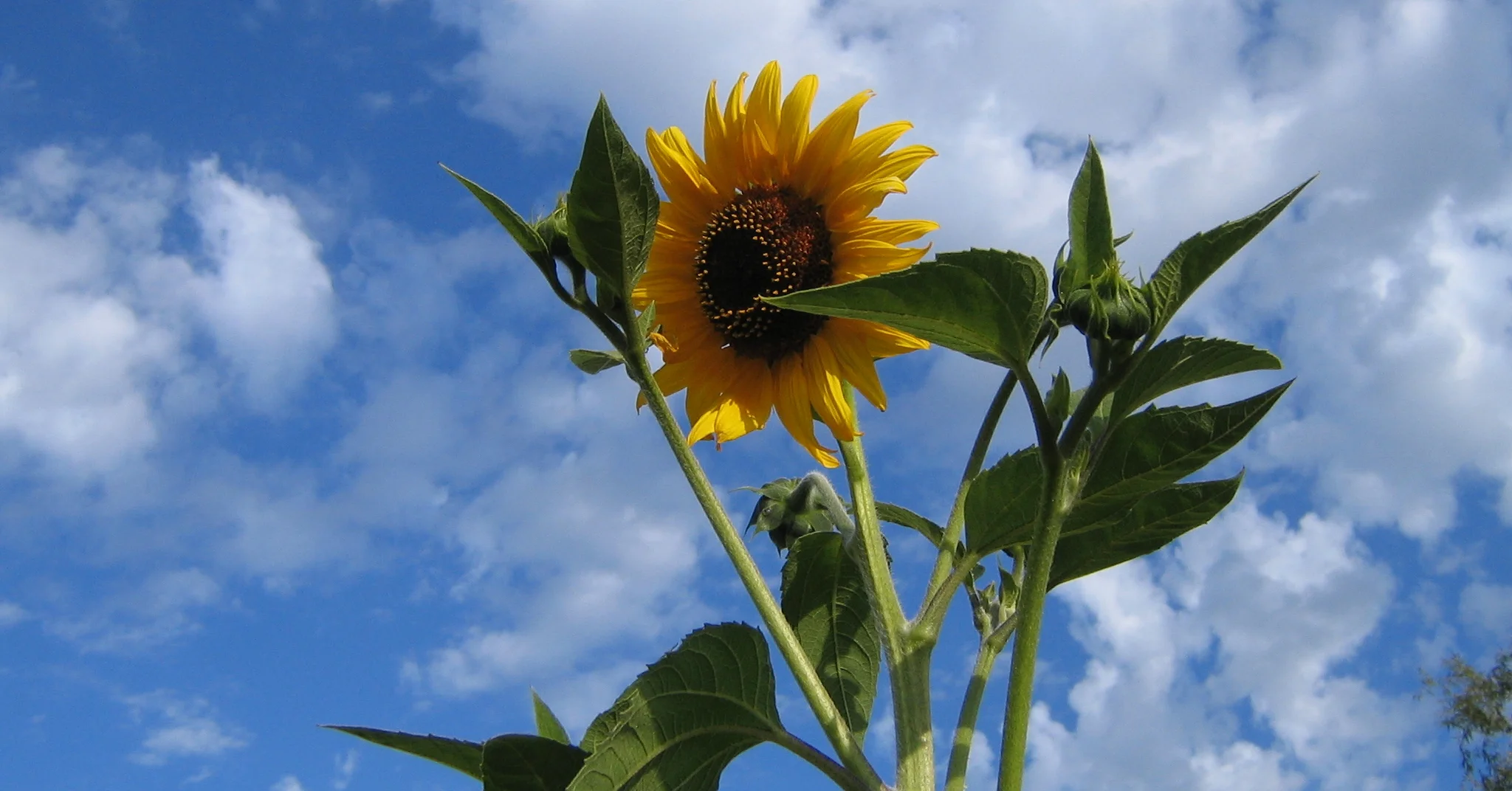It is believed that the sunflower flower follows the sun in the sky. We checked whether this is actually true.
In many languages the connection with the sun laid down even in the name of the plant. For example, in Bulgarian, Korean, Georgian and Macedonian it is formed from roots meaning “sun” and “to look”, and in French, Spanish, Greek and some others - from “sun” and “turn”. In 2016, several Russian media - for example, "RIA Novosti"and magazine "Around the World" — they said that scientists have figured out the mechanics of how a plant moves after the sun. According to the authors of these materials, the study was published in the authoritative journal Science.
The article referred to by the authors of publications in RIA Novosti and Around the World really exists. Her published in 2016 by a group of scientists from different American universities. In 2014, three of them, along with another co-author held another study about sunflowers and heliotropism (that is, the movement of a plant related to the sun).
American researchers have found that sunflowers actually “follow the sun” during their growth process, and this is quite important for the development of the plant. At dawn, the unopened sunflower faces east, and as the day progresses it moves after the sun - at this time the stem grows on the east side. By the way, at night the plant returns to its original position, and the stem develops from the western side. These processes are associated with circadian rhythms - fluctuations in the activity of processes in the body, which are caused by the change of day and night.
At the same time, in the retelling of some Russian media, an important “but” was lost, to which the authors of the original study paid special attention. American scientists emphasize that “only young plants exhibit heliotropic movements” and over time, sunflowers begin to constantly orient themselves to the east. This is due precisely to the rate of growth of the stem - as it slows down, the top of the plant moves less and less to the west, and by the beginning of flowering it stops doing this altogether.
Scientists also found that mature sunflowers are oriented to the east for a reason. They tried to turn some of the experimental plants in the opposite direction and found that in this position the insects ignored them. As it turns out, west-facing sunflowers warm up more slowly and therefore do not attract pollinators as much. If they are heated artificially, the insects’ interest returns.
Mostly true
- N+1. Scientists explained the mechanism and purpose of sunflower turns behind the Sun
- S. Harmet et al. Circadian regulation of sunflower heliotropism, floral orientation, and pollinator visits
- S. Harmet et al. Turning heads: The biology of solar tracking in sunflower
If you find a spelling or grammatical error, please let us know by highlighting the error text and clicking Ctrl+Enter.







